In the fifth iteration of the Photography in Southeast Asia series, Lumenvisum (Hong Kong) presents a solo exhibition by Filipino artist MM Yu. This is Yu’s first international solo exhibition of photography outside of Manila. During my stay in HK, I also organised a short course at Lumenvisum.
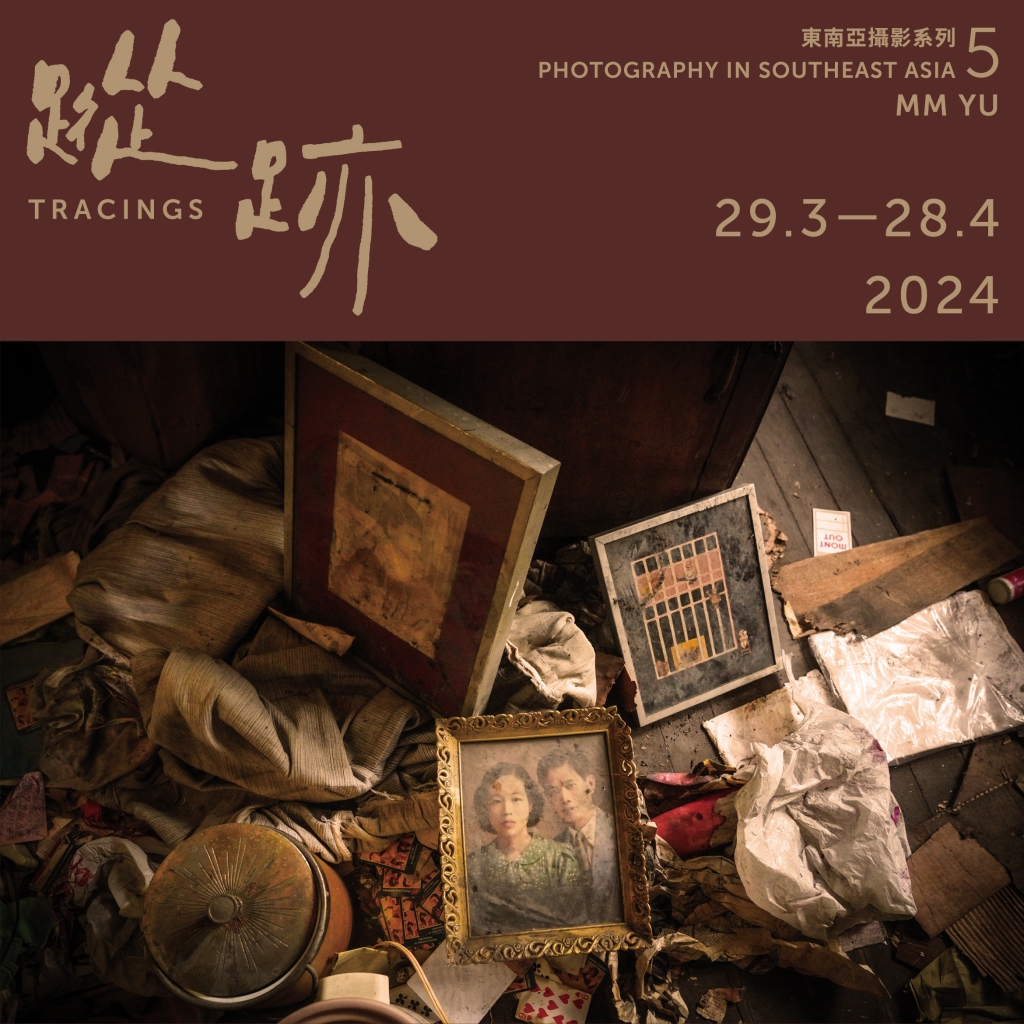
東南亞攝影系列(五):MM Yu – 蹤跡
2024.03.29 – 2024.04.28
策展人:莊吳斌
藝術家分享會:2024年3月30日,星期六,15:00-16:30
開幕: 2024年3月30日,星期六,16:30-18:00
地點: 光影作坊|九龍石硤尾白田街30號賽馬會創意藝術中心L2-02
Photography in Southeast Asia V: MM Yu – Tracings
2024.03.29 – 2024.04.28
Curator: Zhuang Wubin
Artist Sharing Session: 2024.3.30, Saturday, 15:00-16:30
Opening Reception: 2024.3.30, Saturday, 16:30-18:00
Venue: Lumenvisum | L2-02, JCCAC, 30 Pak Tin Street, Shek Kip Mei, Kowloon
View and download exhibition brochure here.
*
Curatorial text
By Zhuang Wubin
MM Yu has a fine arts degree and a successful career in painting; at the same time, she is a compulsive photographer, obsessed with the camera since her primary school days. In school, Yu was a student of the late Roberto Chabet who was seen as one of the pillars of Philippine conceptualism, but she also harboured dreams of being a photojournalist in her younger years. More so than some of the career photographers who wait patiently for assignments, Yu is always seen out and about with her camera, snapping away at things that catch her eyes or trigger her memories, just like a street or documentary photographer. Since 1997, Yu has been taking photographs to “remember and grasp what has become unreachable”. However, her photographs are most often seen in the context of contemporary art, rather than editorial work. Over the years, Yu’s photographs have become her collated thoughts and memories, which she trawls and categorises for her different exhibitions in photography. The same photographs reappear in different contexts, taking on new connotations. When photography becomes such an obsession, it inevitably takes an autobiographical slant, marking Yu’s presence at a particular time and place.
Born in Manila, Yu is of Chinese ancestry; her command of Tagalog and Hokkien is more natural than her English. The paternal side of her family is Buddhist while the maternal side is strongly Protestant, which often forbade her from using joss sticks. Growing up, Yu detested the random kids who made fun of her slitted eyes. In despair, she thought of “going back” to China where she would presumably blend in more easily; luckily, she quickly grew out of her naivety. When she entered art school in 1997, her Chinese relatives predicted an impoverished future. To them, Yu was too Filipino; in the broader Philippine society, Yu looked too Chinese. In life and in her artmaking, Yu always seems to be slightly out-of-place.
In this exhibition, Yu revisits the different projects and images that she has made since 1997, imbuing some of them with new possibilities, as she unpacks her sense of Chineseness. Not surprisingly, she approaches the issue with distance and ambivalence. The exhibition unfolds in two trajectories. The first trajectory consists of works that concern her personal and family life, including Recollections (2000–01 / 2024), Then (Grandma’s house) (2022) and four single images. Yu documents people, events and objects that have an emotional connection to her, but the “cold machine” of the camera also flattens the relationships and turns the images into jumbled fragments that resemble the puzzle of her sense of place. These fragments allow Yu the possibility of illusion, to rearrange them in place, or to make them even more jumbled up.
Growing up, Yu used to live with her paternal family at Navotas, near the piers of Manila. She remembers seeing mountains of white sand kept in a storage space. Later, she realised that it was MSG, a food item stereotypically associated with the Filipino Chinese. Her paternal grandparents were initially involved in the production and trading of MSG. Every Sunday, Yu’s family would go to her maternal grandmother’s house at Paco and have lumpia there. When they moved into a condo at Quezon City around 2001, many of their belongings, including her early paintings, were packed into boxes and stored at her maternal grandma’s house. In fact, her place at Paco had always housed the belongings from different generations of Yu’s extended family. When grandma passed in 2002, the caretaker continued to look after the house for more than a decade. At some point after she had returned to the province for retirement, burglars broke into the house, ransacked it and even lived in it for some time. In 2022, before it was finally sold, Yu revisited the place and shot Then (Grandma’s House). Reviewing her images, Yu realises that the ransacked objects form a genealogy of her extended family in which the connections and narratives have become almost unrecognisable. Documenting the house and its objects becomes an act of retrieval, of saving these memories and thoughts before they completely disappear.
The second trajectory of the exhibition unpacks the effects of Chinese migration to the Philippines. Works like Inventory (2003–ongoing) and A Few of My Favourite Things (2010) highlight the unmistakeable appeal of China-made products to the Philippine masses who are drawn to these objects partly because of their pricing. At the same time, these products, once discarded, aggravate the issue of wastage and environmental degradation in the Philippines. In Tracings (2024), Yu attempts a collective, surrogate biography by photographing second- and third-generation Chinese Filipinos in a straight-up manner. The unadorned nature of the Instax portraits flattens the identity of the sitters and makes them anonymous to most viewers. While some of them look more “Chinese” than the rest, the desire to identify them this way tells us more about the desires of the audience, rather than the embodied ways in which the sitters experience their different identities.
擁有美術學位的MM Yu是一位知名的畫家;於此同時,她非常熱衷攝影,小學時代就對相機著迷。大學時期,Yu是已故藝術家Roberto Chabet的學生,後者被視為菲律賓概念主義的支柱之一,而她年輕時也曾夢想成為攝影記者。相較於一些在家等待委託的職業攝影師,Yu習慣在外出時攜帶相機,捕捉任何吸引她眼球或觸及她記憶的事物,就像一般街頭或紀實攝影人一樣。自1997年起,Yu用相機「記下並抓住那些變得遙不可及的人事物」。然而,她的照片最常出現在當代藝術的脈絡中,較少以雜誌的方式面對觀眾。多年來,Yu拍攝的影像成為她累積的思緒和記憶,每次的攝影展覽邀約,讓她重新整理、分類自己的照片;同樣的照片在不同的脈絡下重現,並被賦予新的意涵。由於她對攝影如此著迷,她的攝影實踐就不免涵蓋某種自傳性,標誌著Yu在特定時間和地點的存在。
Yu出生於馬尼拉,是菲律賓華人;她說起他加祿語和閩南話比起英語更加自然。父親的家庭信奉佛教,母親的家庭則信奉基督新教,以往他們時常禁止她上香祭拜。在成長過程中,Yu厭惡嘲笑她的鳳眼的小朋友。在絕望中,她甚至想「返回」中國,並認為在那裡她會更容易被大家接受;她很快地就意識到自己的無知。1997年,Yu進大學修讀美術,她的華裔親戚就開始為她貧困的未來擔憂。對他們來說,Yu太像菲律賓人,而在廣大的菲律賓社群中,她又太像華人。在她的人生和藝術實踐中,Yu總顯得有些格格不入。
在本次展覽中,Yu重新整理自1997年以來所創作的不同作品和影像,並為其中一些作品注入新的詮釋可能,以梳理她的「華人性」。可想而知,她以一種帶距離和矛盾的心度探討這個議題。展覽依兩條主軸展開。第一條主軸所涵蓋的作品觸及她的個人 與家庭生活,包括《回憶》(2000-01/2024)、《後來(外婆家)》(2022)和四張單幅照片。Yu 記錄和她有情感聯繫的人事物,讓「冷酷」的相機把這些關係抹平,將圖像變成混亂的碎片,以指涉她在歸屬上的迷惑。這些碎片賦予她某種可能性,或把它們重新整理到位,或把它們攪和得更加混亂。
在成長過程中,Yu和父家曾住在比鄰馬尼拉碼頭的納沃塔斯。她還記得倉庫裡的白沙山;後來,她才意識到那是味精。一般菲律賓人會刻板地把它與華人聯想在一起,而她的祖父母最初就是從事味精生產和買賣的。每逢星期天,Yu一家人會到住在Paco的外婆家吃潤餅。2001年左右,Yu一家人搬進奎松市的公寓,由於空間有限,他們把部分的個人物件裝進箱子裡,存放在外婆家,其中也包括了她早期的畫作。多年來,不同輩份的家族成員都習慣把自己無法收納的個人物件囤放在外婆家。2002年外婆 過世後,傭人繼續看管房子達十多年。直至她退休返鄉後,在某個時間點,竊賊破門而入,洗劫外婆的房子,甚至在裡面住上了一段時間。2022年,Yu在房子出售之前,重遊故地,並拍攝了《後來(外婆家)》。Yu意識到照片中那些被翻箱倒櫃的物品實際上形成了一種她延伸家庭的族譜,而其中的關係與故事性已無法辨識。記錄外婆的房子和物品成為一種檢索的行為,在記憶和思緒尚未完全消失前把它們保存下來。
展覽的第二條主軸探討華人移居菲律賓的影響。《Inventory》(2003年至今)和《我最喜歡的一些物品》(2010年)凸顯了中國製造的商品對菲律賓群眾的吸引力,而它們之所以受歡迎,部分原因和產品的價格有關。然而,一旦這些商品被丟棄,它們就會加劇菲律賓過度消費和環境污染的問題。Yu在《蹤跡》(2024)中為第二和第三代菲律賓華人拍攝簡單的肖像,試圖創作一部具替代性質的集體傳記。Instax肖像的影 像本質把被攝者的身份抹平,對大多數觀眾而言,他們是匿名的。雖然其中一些被攝者看起來比較像「華人」,這種識別他人的方法或許更多地揭示觀眾在面對這組肖像時的慾望,和被攝者對於自己各種身份的實質體驗是有所落差的。
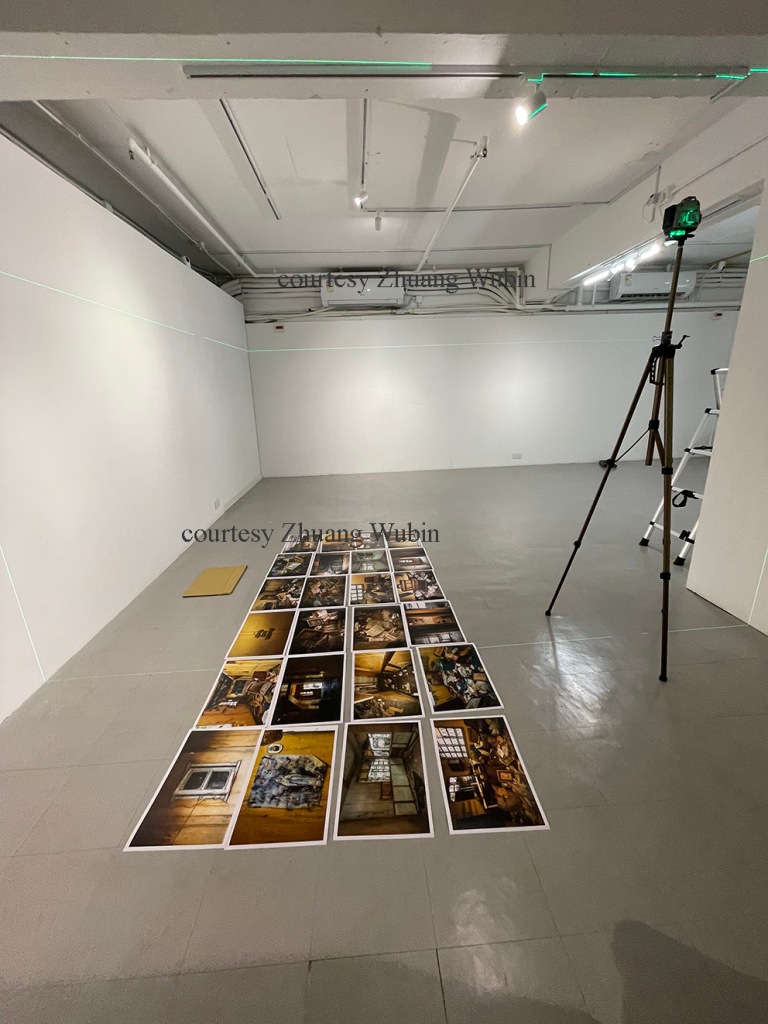
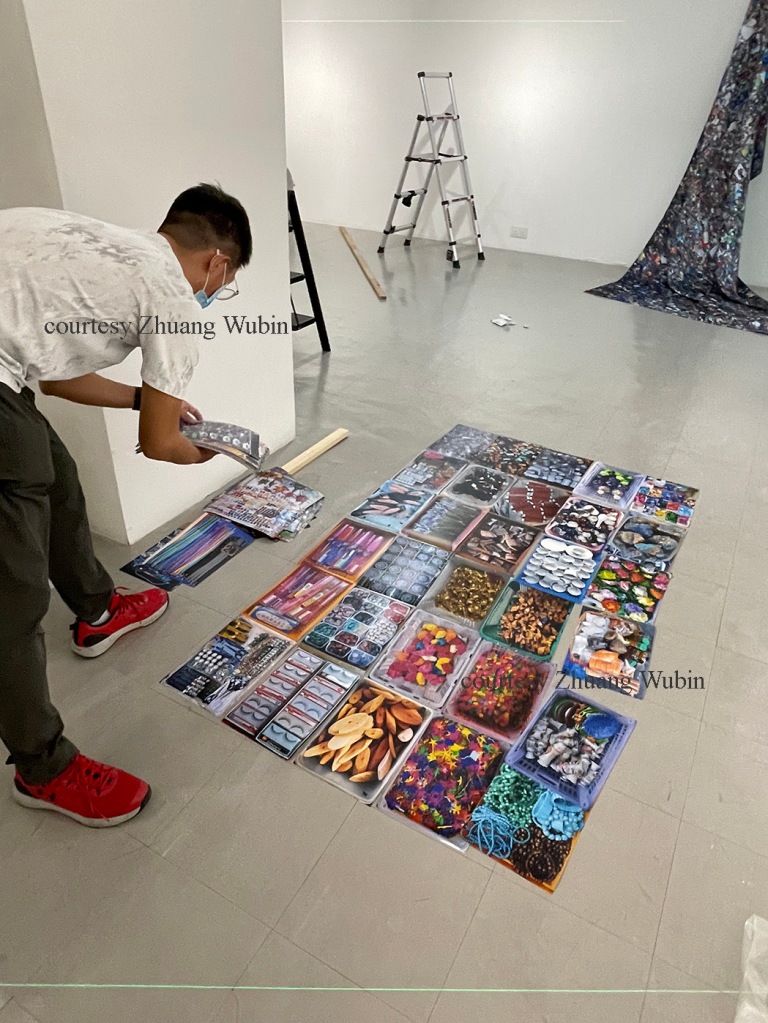

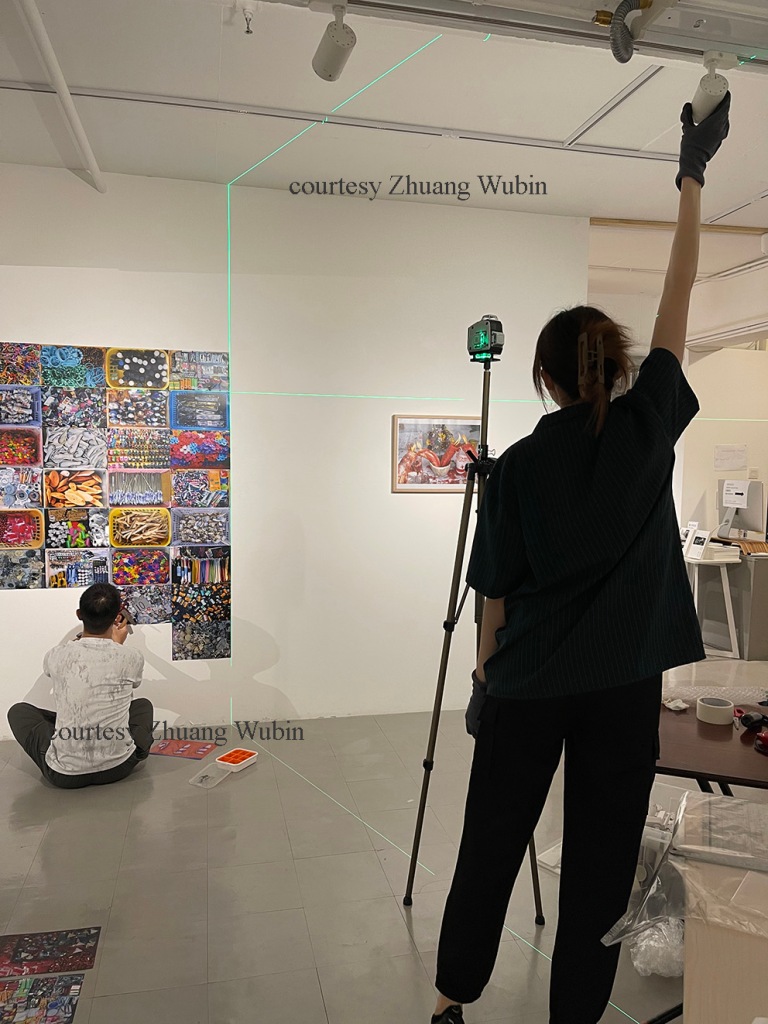
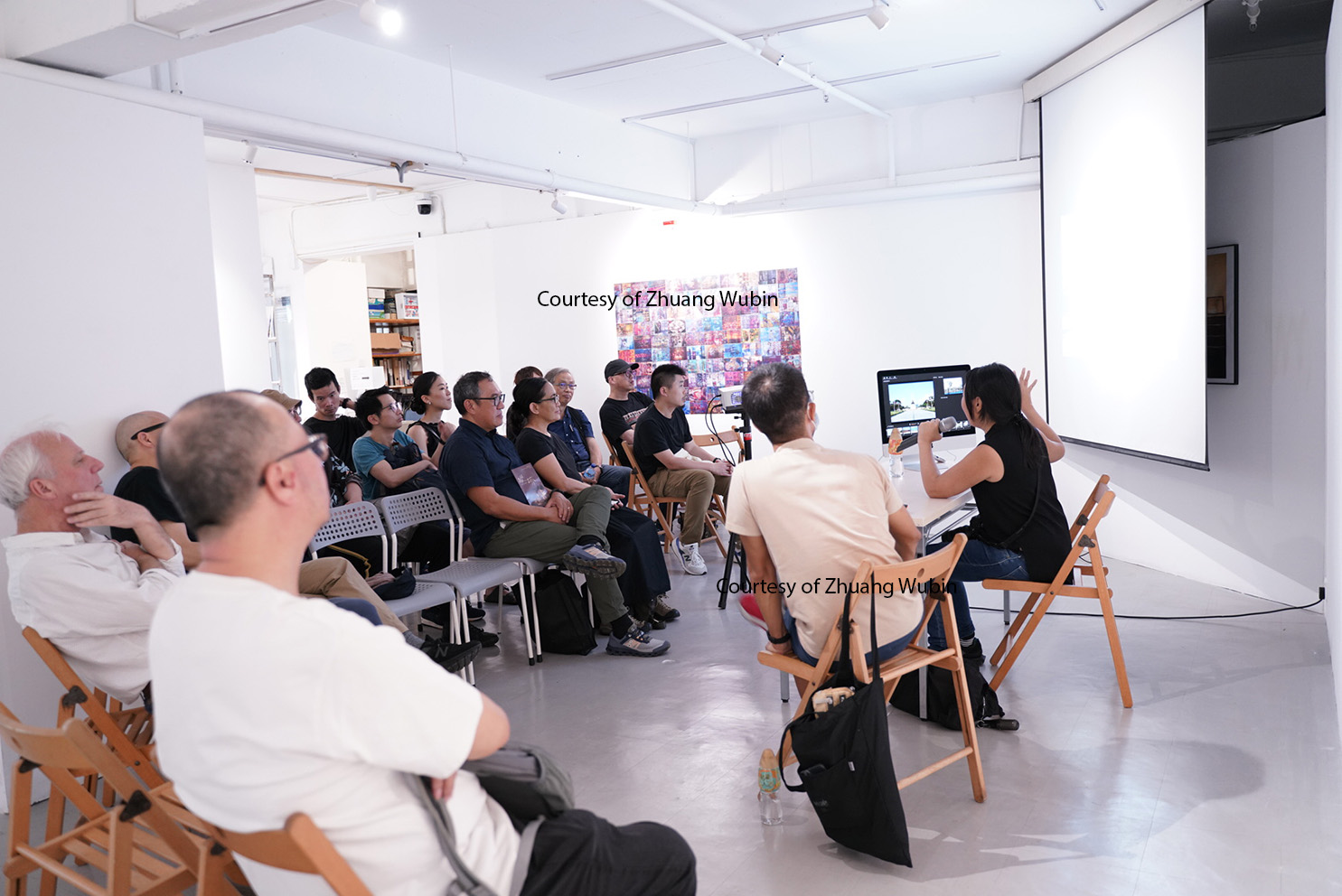
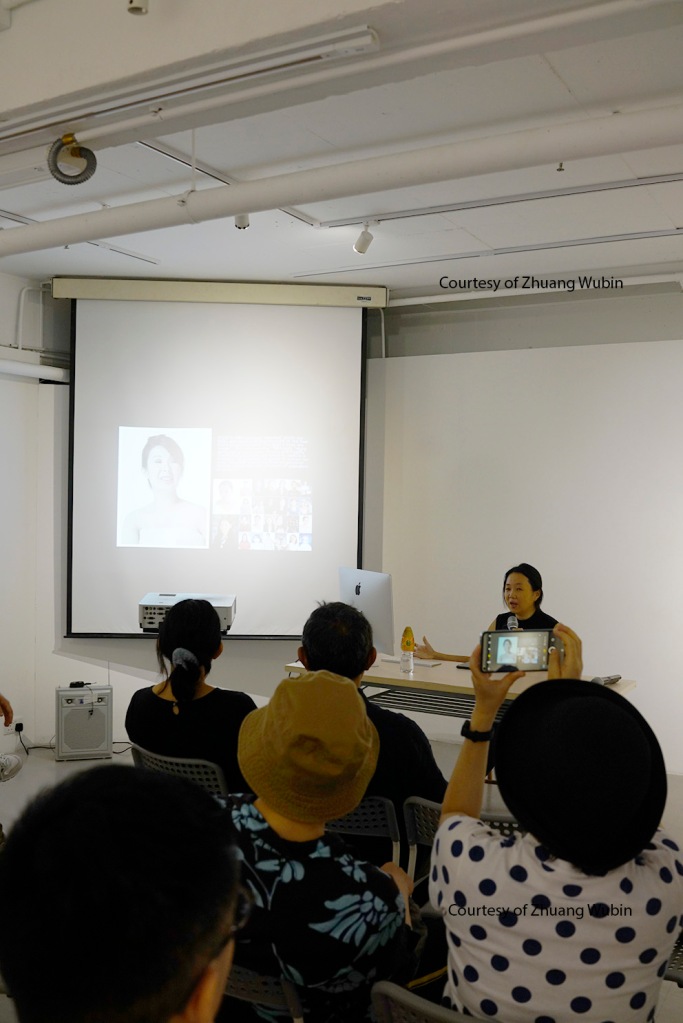
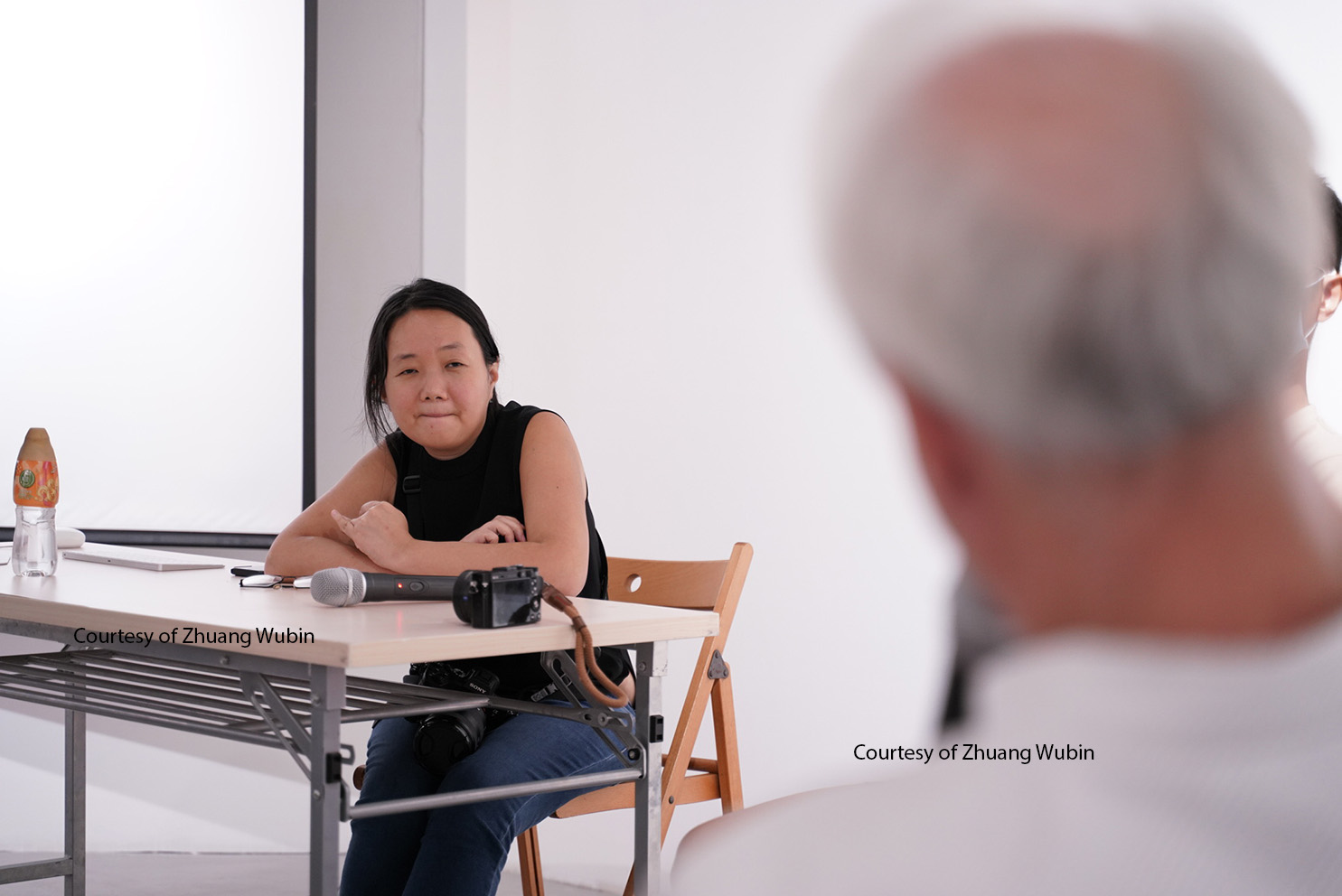
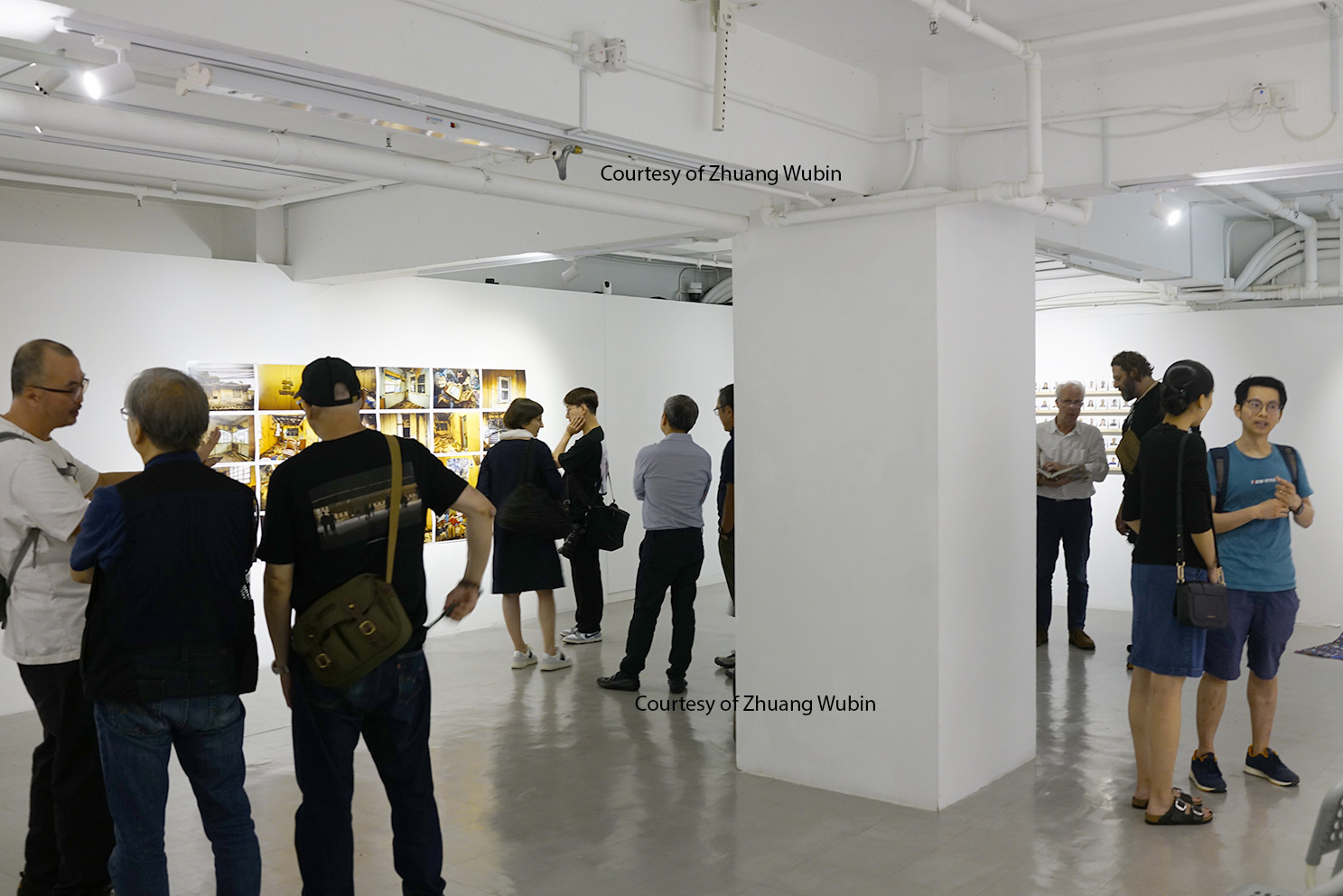

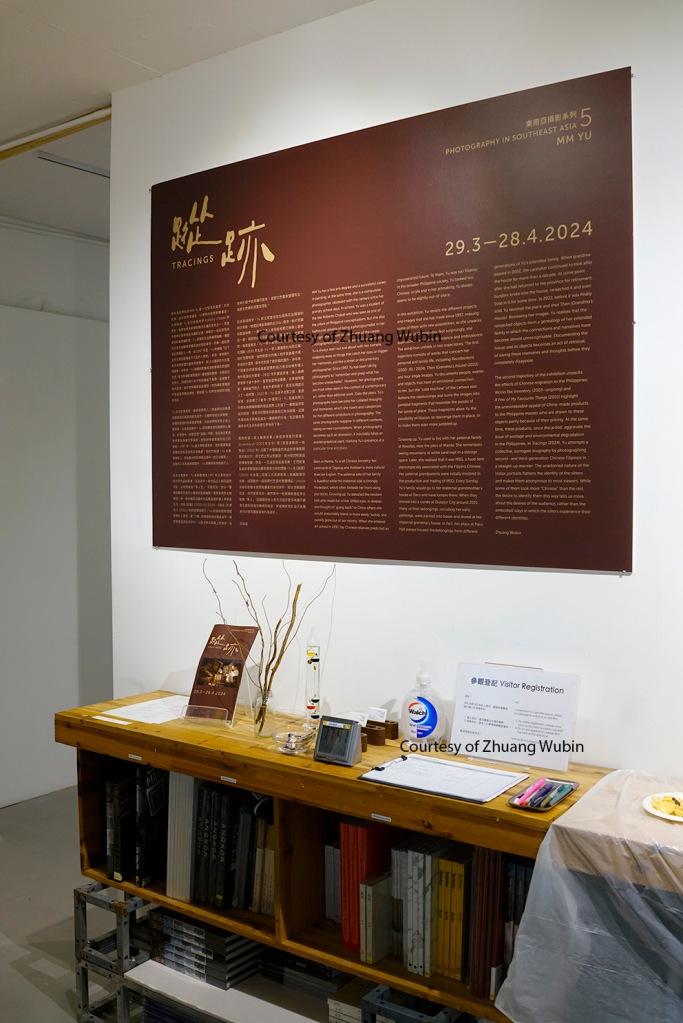
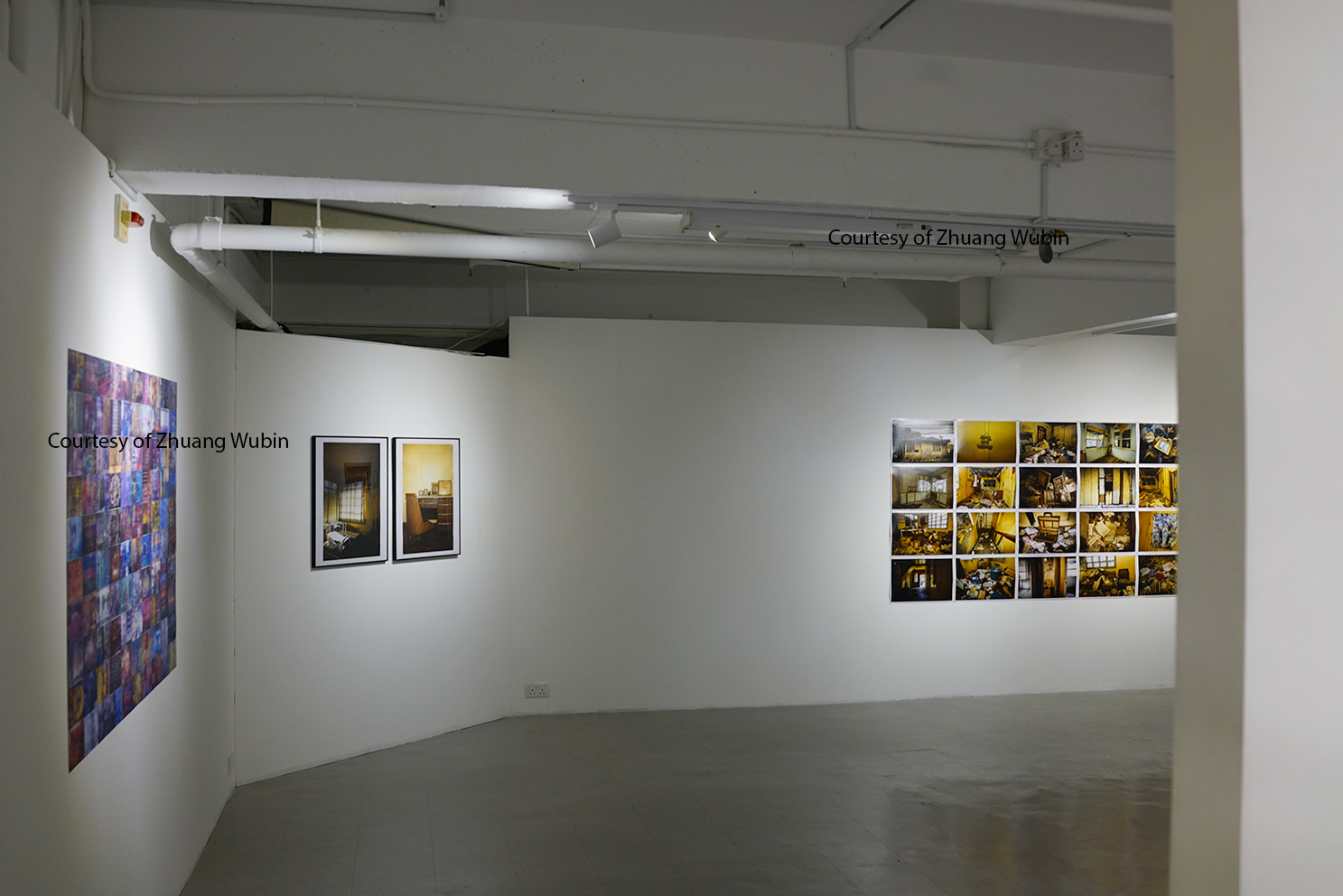
Middle: Two single images, “As it was (Grandfather)” and “As it was (Family desk)”
Right: Then (Grandmother’s house)
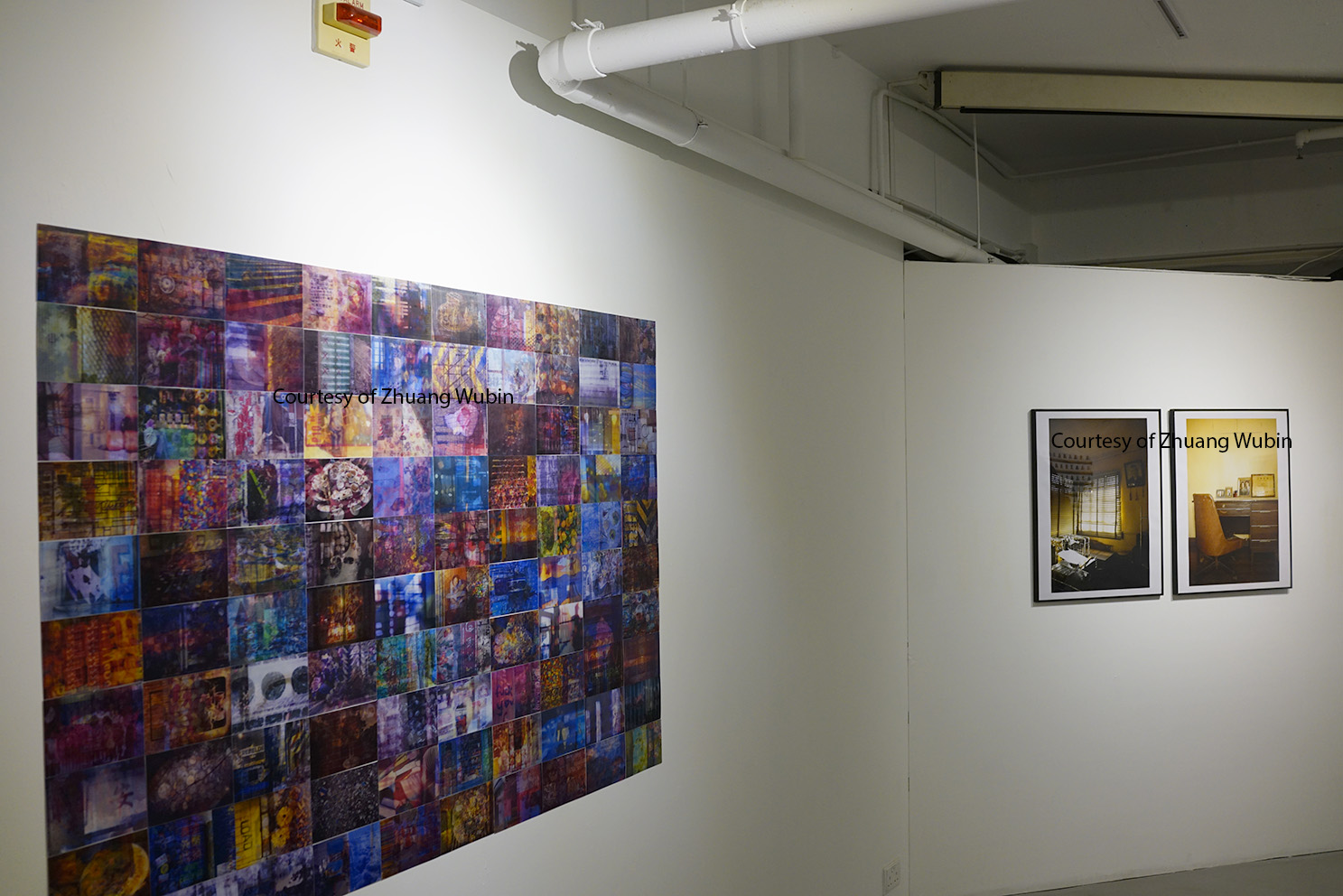
Right: Two single images, “As it was (Grandfather)” and “As it was (Family desk)”
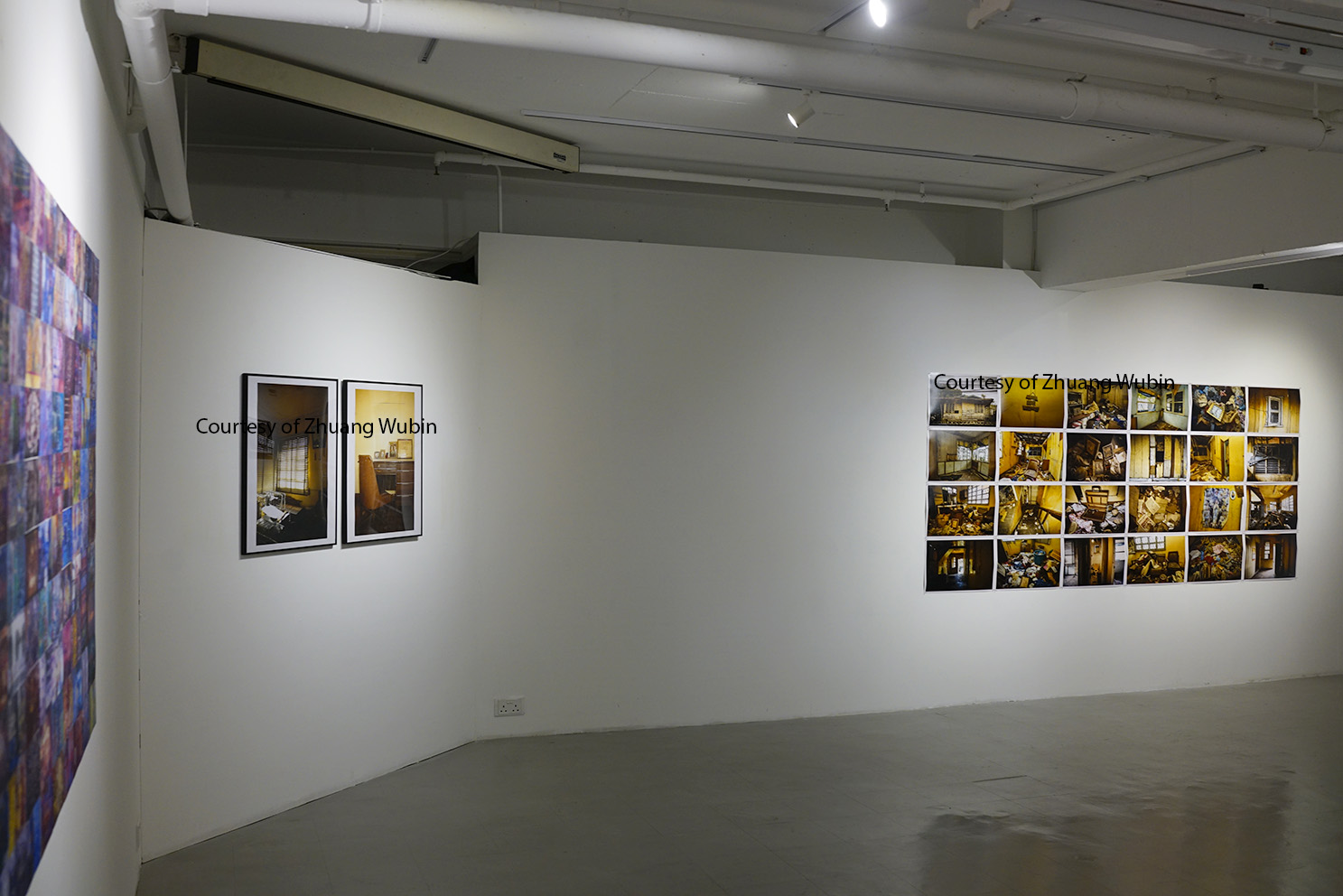
Middle: Two single images, “As it was (Grandfather)” and “As it was (Family desk)”
Right: Then (Grandmother’s house)
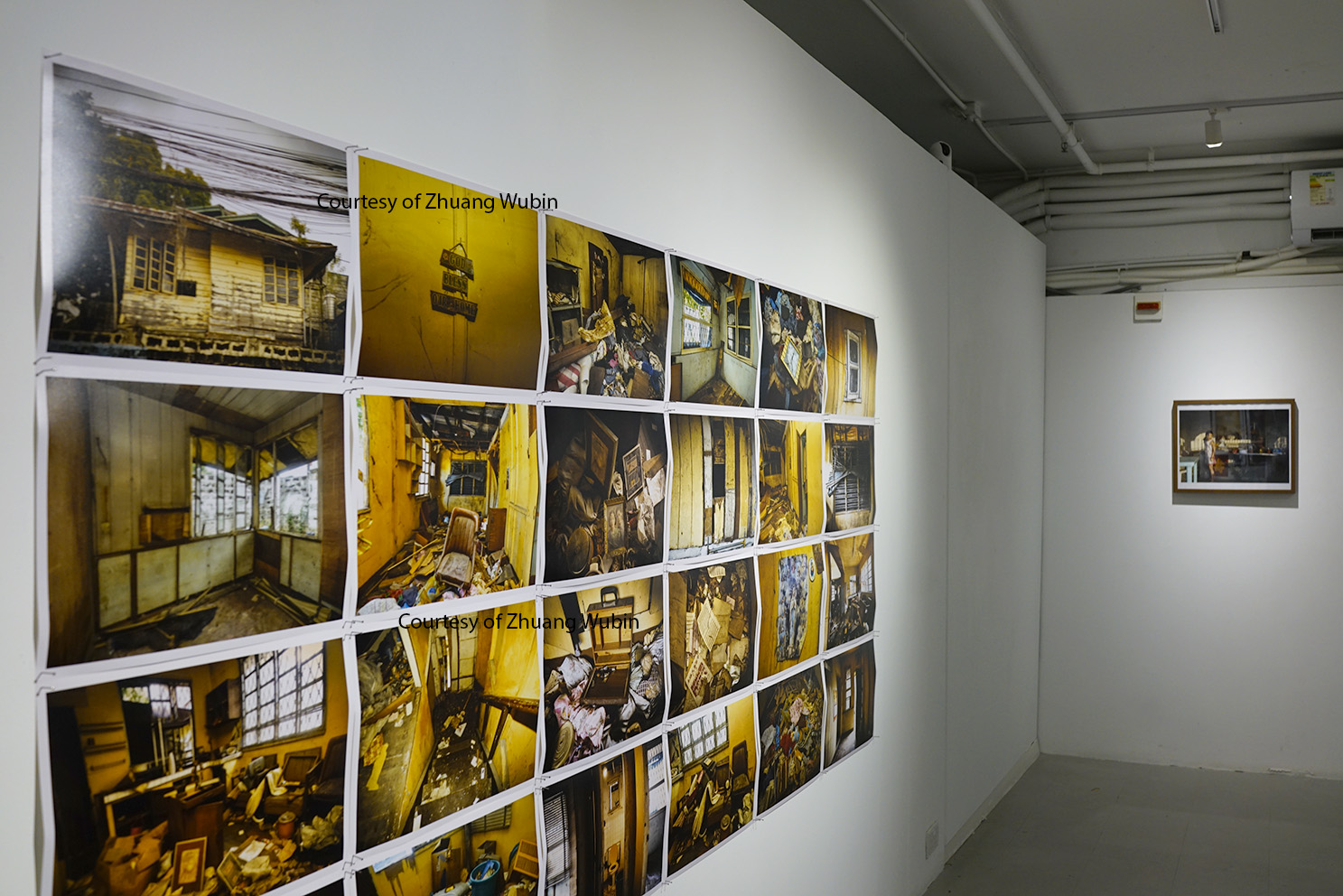
Right: Single image, “Girl and grandfather”
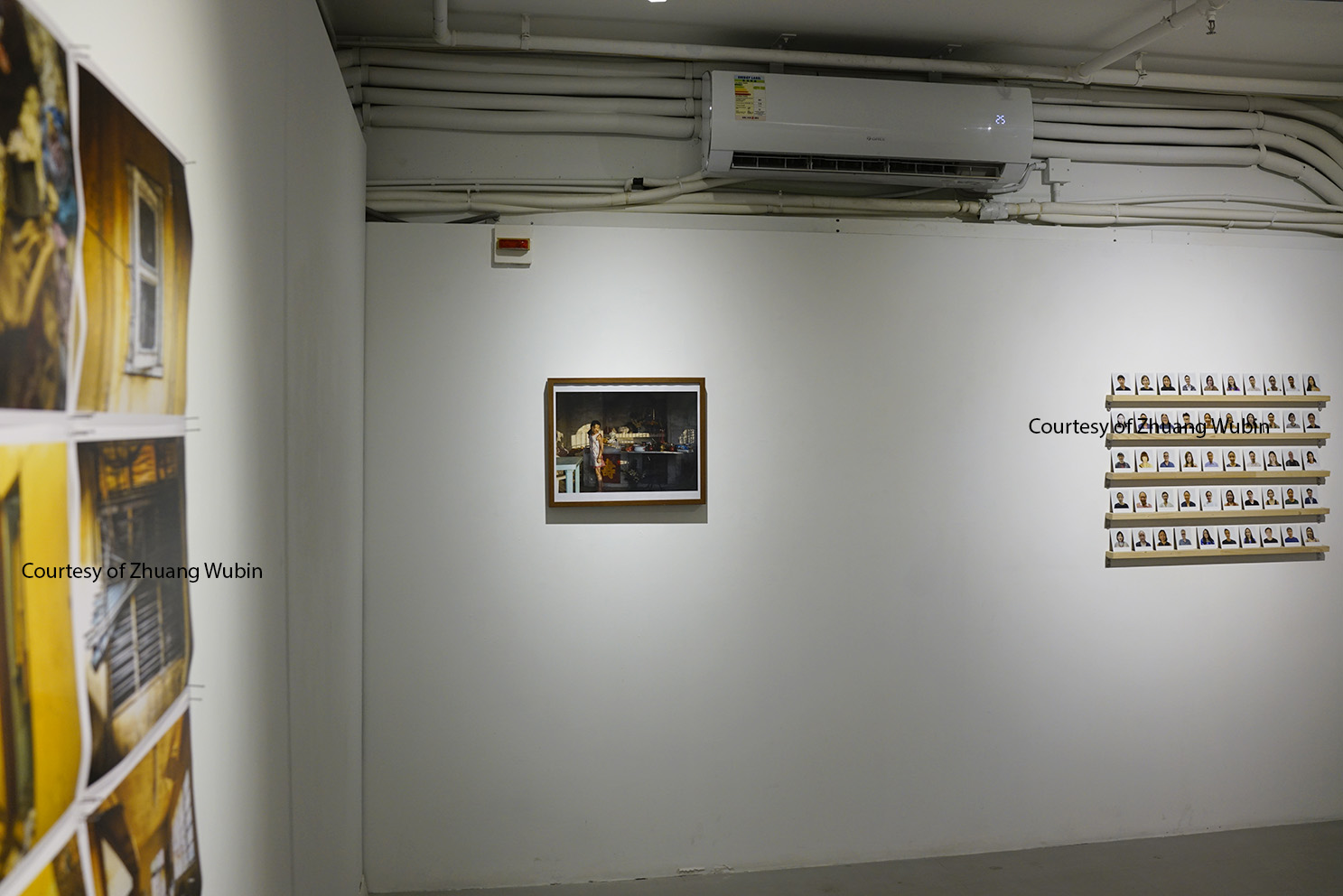
Middle: Single image, “Girl and grandfather”
Right: Tracings
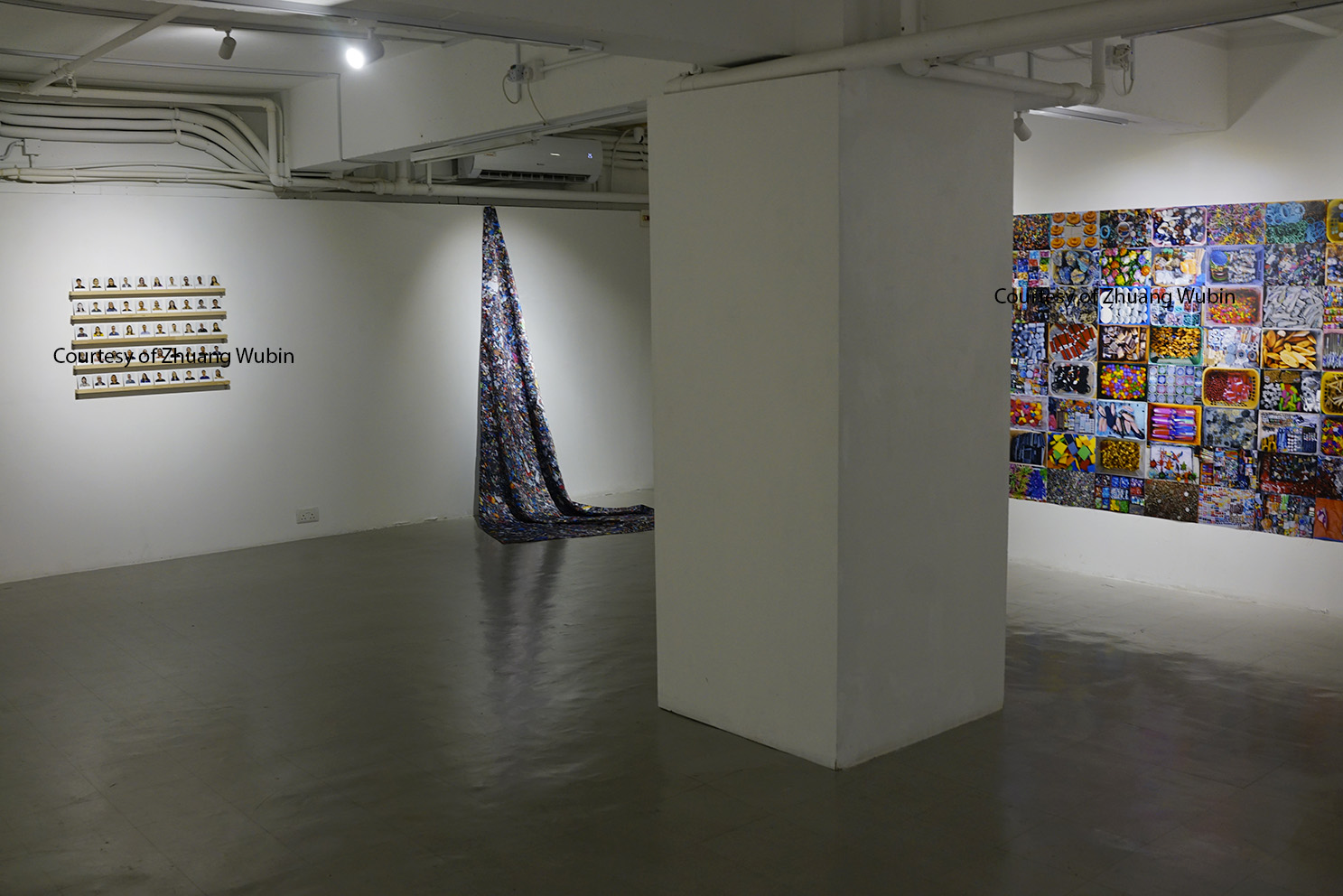
Middle: A few of my favorite things
Right: Inventory
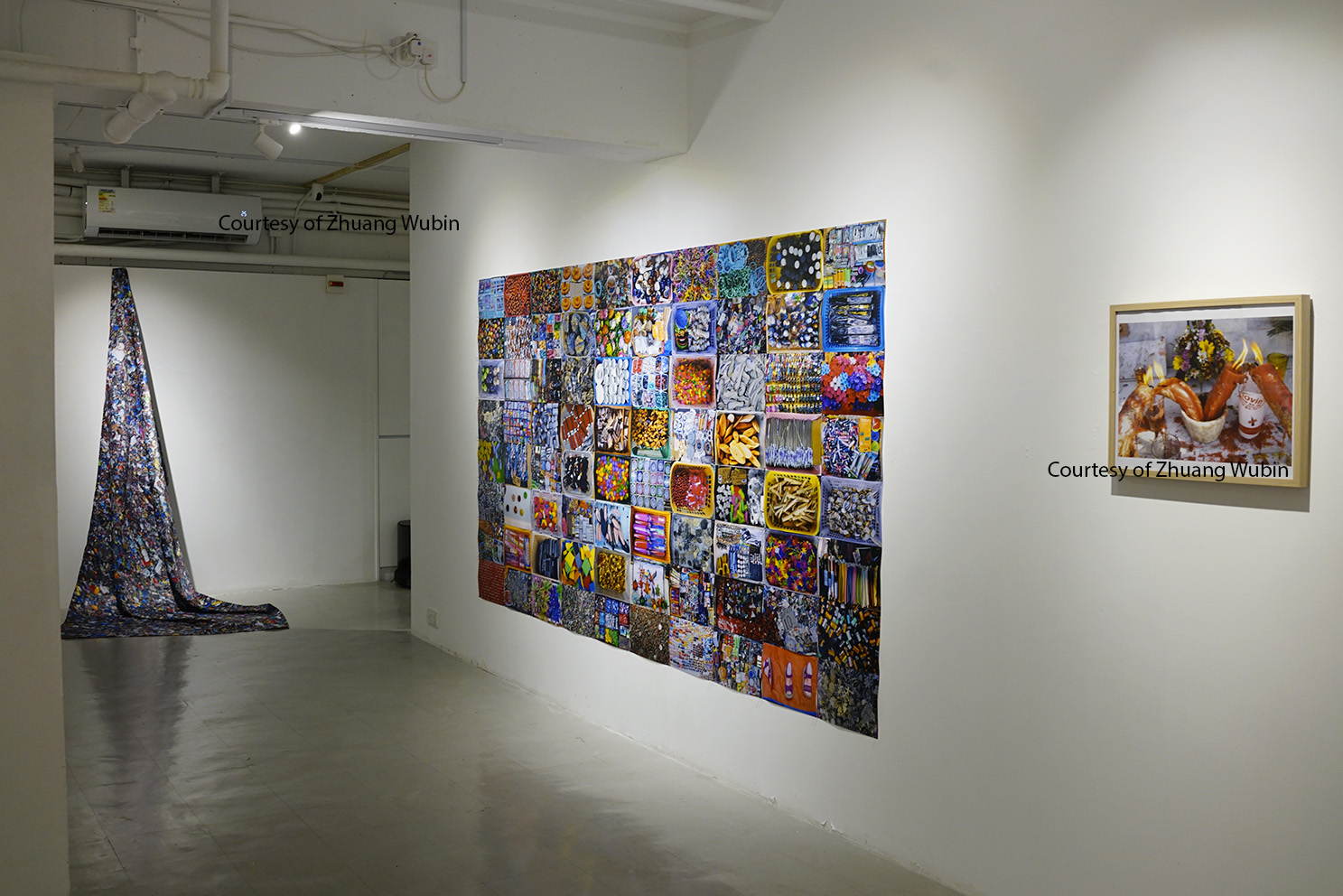
Middle: Inventory
Right: Single image, “Waste not, want not”
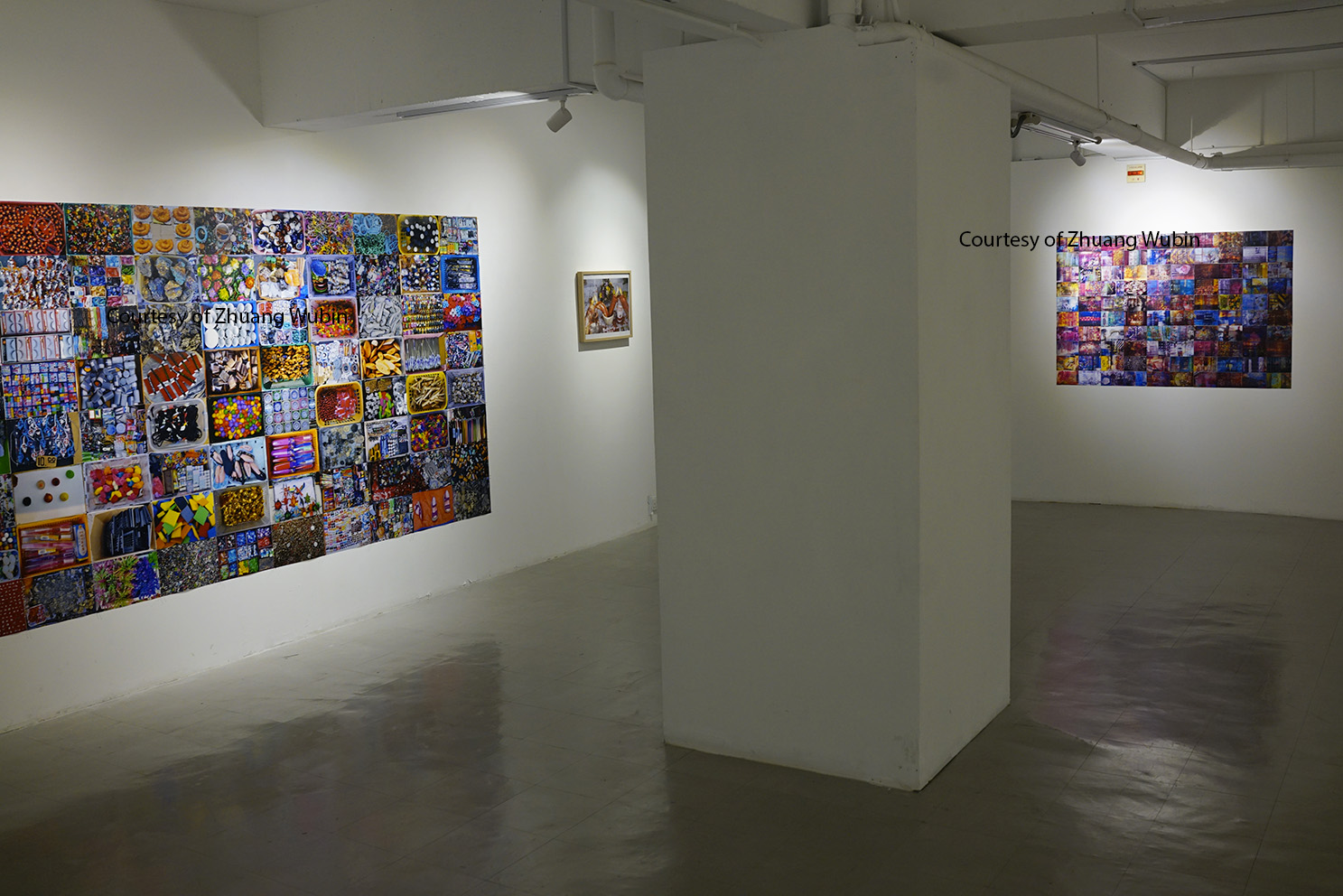
Middle: Single image, “Waste not, want not”
Right: Recollections
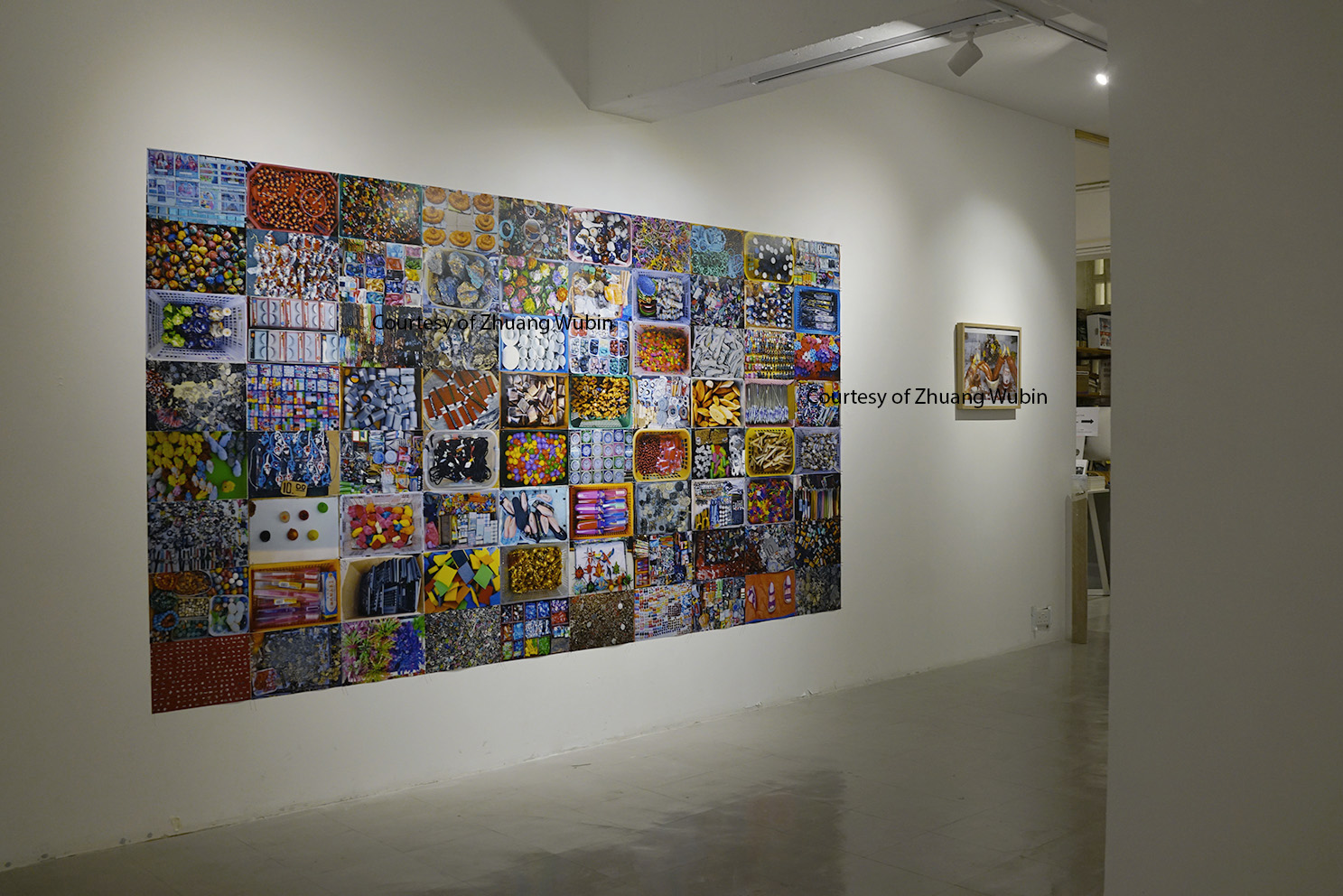
Right: Single image, “Waste not, want not”

Lenticular prints, 6 x 4 inches each
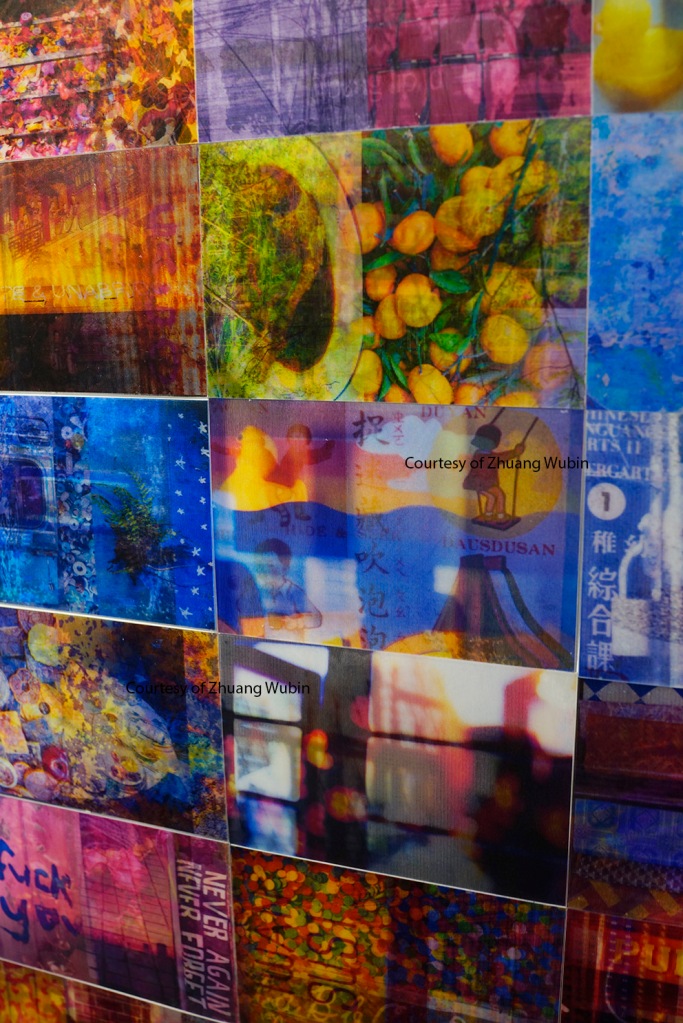
Lenticular prints, 6 x 4 inches each
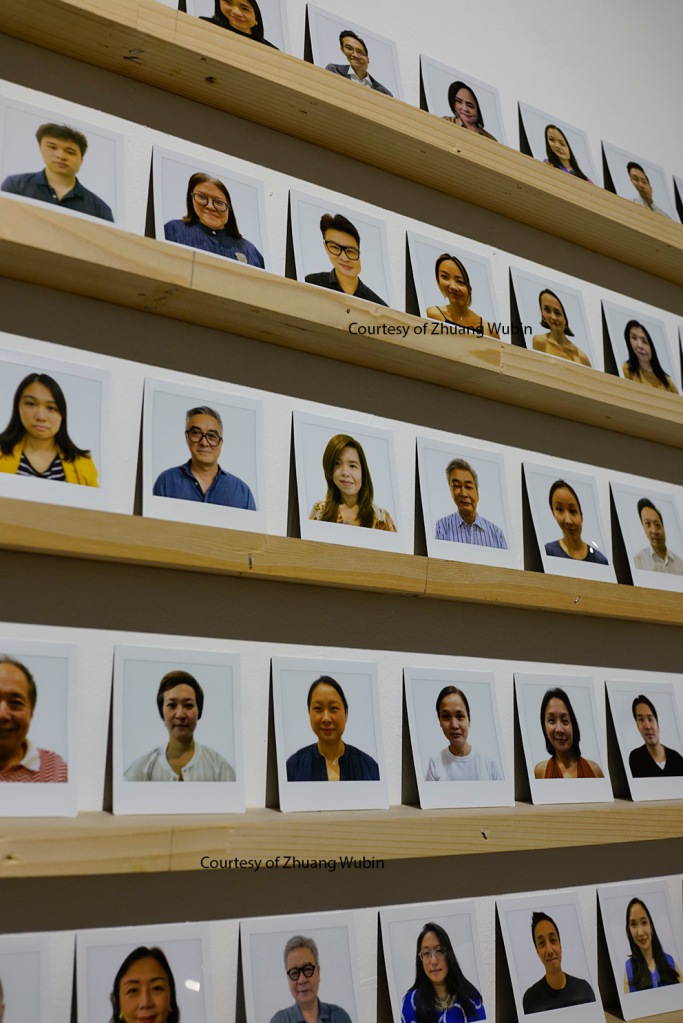
Instax prints, 2.4 x 2.4 inches each
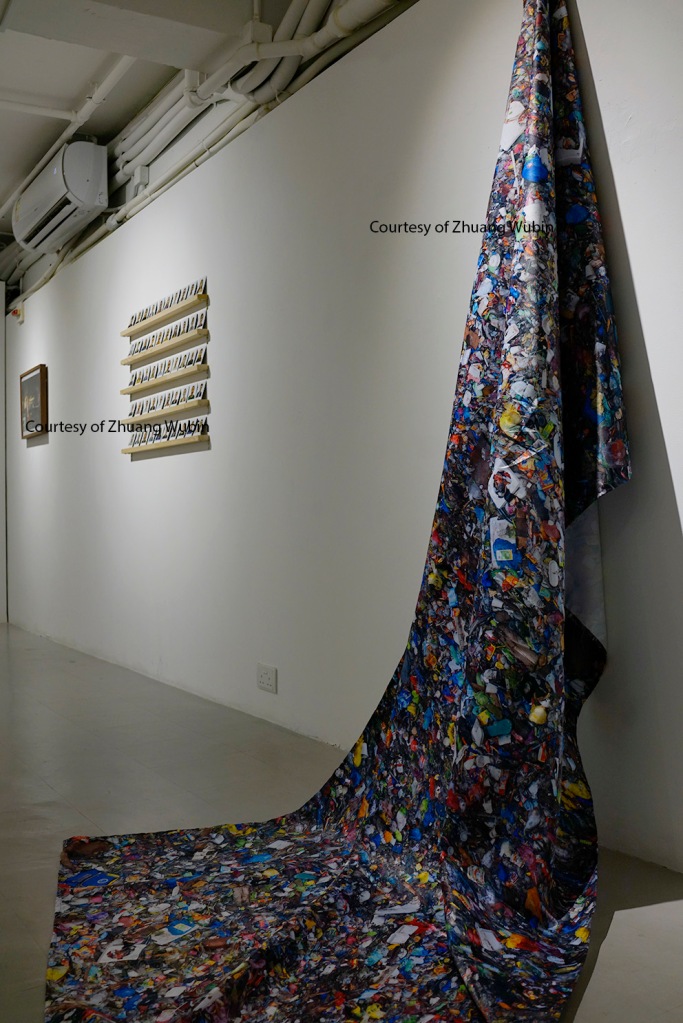
Print on fabric, 4 x 6 feet
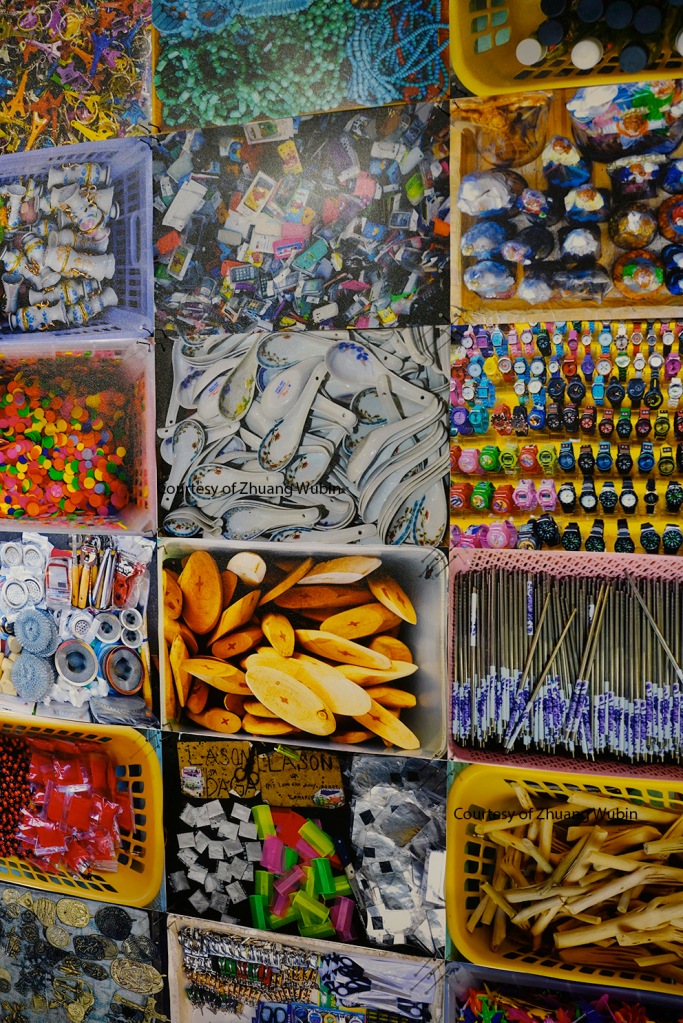
C-prints, 12 x 8 inches each
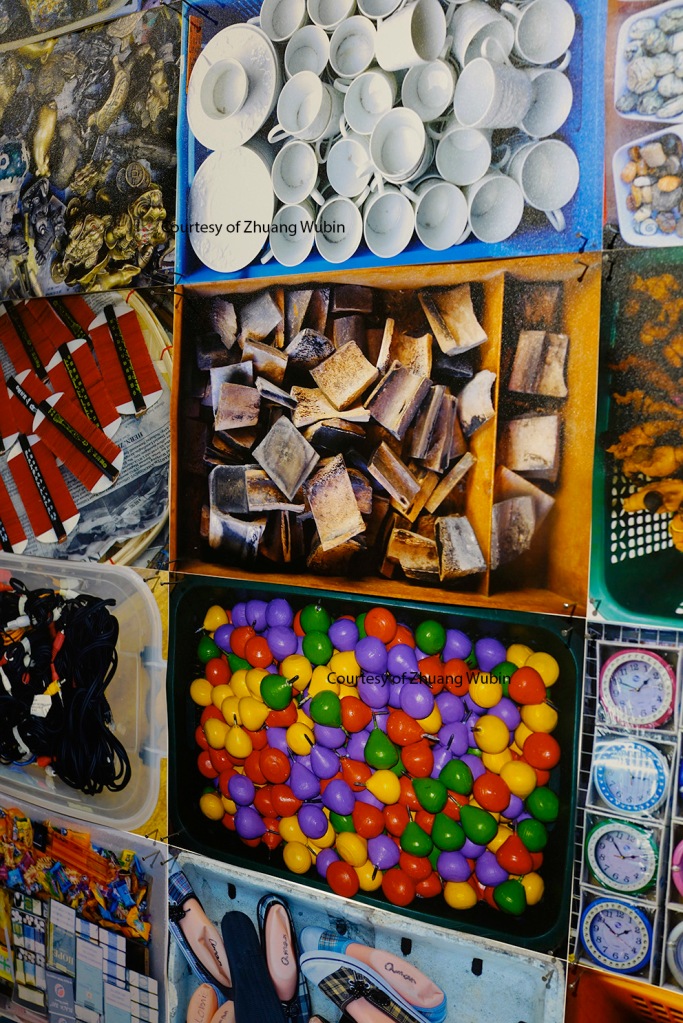
C-prints, 12 x 8 inches each
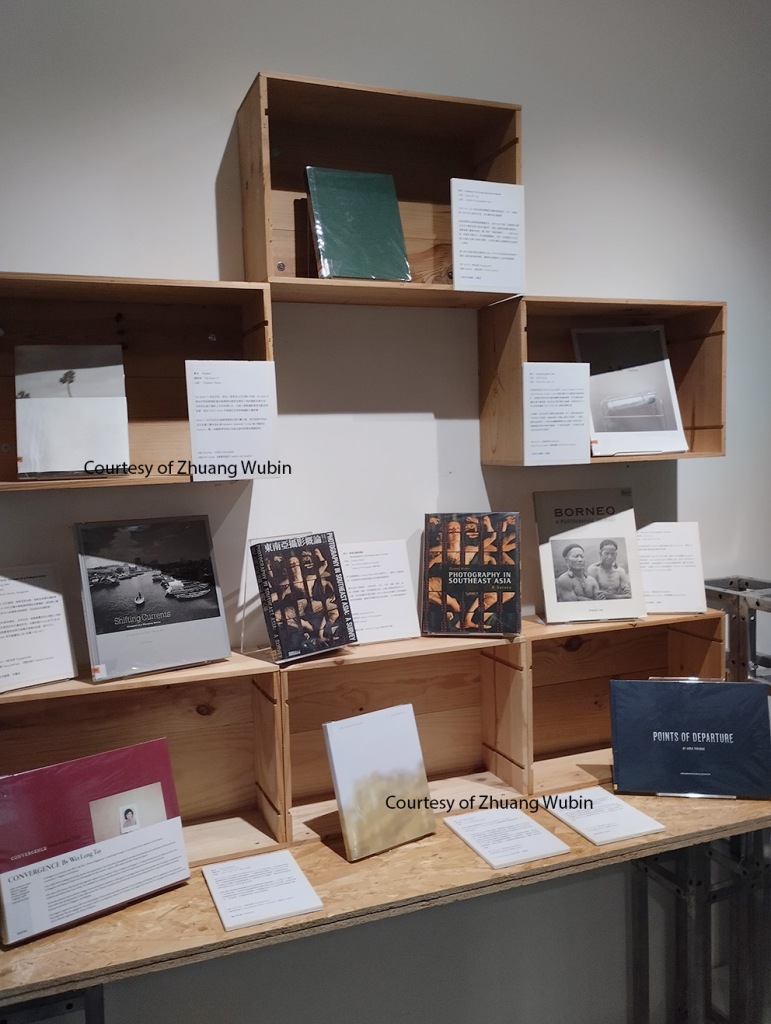
*
A very short review of MM Yu’s show, written by Kylie Knott, was published on 29 March 2024 in Post Magazine (South China Morning Post).
One thought on “MM Yu (2024) | Photography in Southeast Asia (V) at Lumenvisum, HK”
Comments are closed.